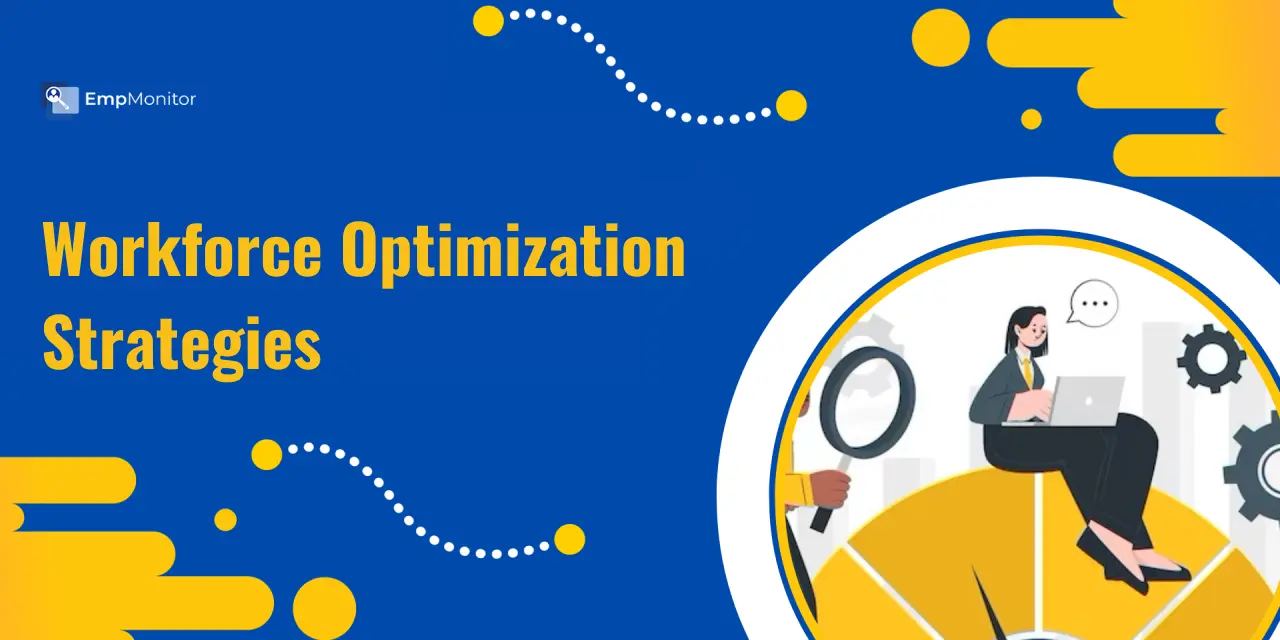Optimizing Workforce Planning in the Gig Economy
Optimizing Workforce Planning in the Gig Economy
Blog Article
The Future of Workforce Optimization: Cloud-Based Solutions
In today's fast-paced organization earth, keeping in front of the bend is more essential than ever. One powerful instrument that may support corporations get a competitive edge is predictive analytics. By leveraging information to prediction future styles and behaviors, businesses may make more informed decisions and optimize their workforce efficiently. But how precisely does predictive analytics may play a role in workforce optimization, and why should your organization attention?
Predictive analytics is revolutionizing just how businesses manage their employees. It enables corporations to foresee potential staffing wants, improve staff efficiency, and reduce turnover rates. By knowledge the styles and developments within your workforce, you can make strategic decisions which will gain equally your employees and your base line.

Understanding Predictive Analytics
Predictive analytics requires using famous knowledge, equipment understanding methods, and mathematical models to anticipate future outcomes. In the context of workforce optimization , it means studying previous worker knowledge to outlook potential workforce trends. This could contain predicting which workers will likely keep, distinguishing top performers, and determining the very best instances to employ new staff.
By harnessing the ability of predictive analytics, companies may move from reactive to practical workforce management. As opposed to looking forward to problems to happen, corporations may assume them and get activity before they impact the organization.
Improving Worker Efficiency
One of the key advantages of predictive analytics is its power to boost staff performance. By considering data on staff conduct, output, and wedding, companies may recognize factors that donate to large performance. These records can then be used to produce targeted teaching applications, collection realistic performance targets, and offer individualized feedback to employees.
As an example, if the data implies that workers who receive normal feedback accomplish greater, managers may implement more regular check-ins and efficiency reviews. Likewise, if certain skills are discovered as critical for accomplishment in a particular position, targeted education applications can be developed to make sure all workers have the mandatory competencies.
Lowering Turnover Prices
Worker turnover is really a significant challenge for most companies, leading to improved employment prices and missing productivity. Predictive analytics might help address this issue by pinpointing personnel who're at risk of leaving and pinpointing the factors that contribute with their dissatisfaction.
By knowledge the causes behind employee turnover, organizations can take practical measures to boost retention. This may contain offering more aggressive salaries, giving opportunities for job growth, or handling office lifestyle issues. By lowering turnover costs, companies can spend less and keep a more stable and experienced workforce.

Optimizing Staffing Degrees
Still another critical application of predictive analytics is optimizing staffing levels. By analyzing historic data on staff hours, task timelines, and customer need, organizations can forecast future staffing wants more accurately. That assures that they have the proper quantity of workers at the proper time, avoiding overstaffing or understaffing issues.
For example, if the info shows that client need peaks during specific occasions of the year, organizations may employ short-term team or change staff schedules to meet up this demand. That not just increases customer care but additionally assists manage job fees more effectively.
Increasing Hiring Techniques
Predictive analytics may also enjoy a crucial role in improving employment strategies. By considering data on past employs, organizations can recognize patterns and traits that lead to effective hires. This information can be used to improve job explanations, goal the proper prospects, and streamline the employment process.
For example, if the information implies that prospects from particular skills or with unique abilities are more likely to succeed in a certain position, recruiters may focus their initiatives on getting these individuals. Additionally, predictive analytics might help recognize potential red banners through the hiring process, such as prospects with a history of job-hopping or bad performance in previous roles. Report this page